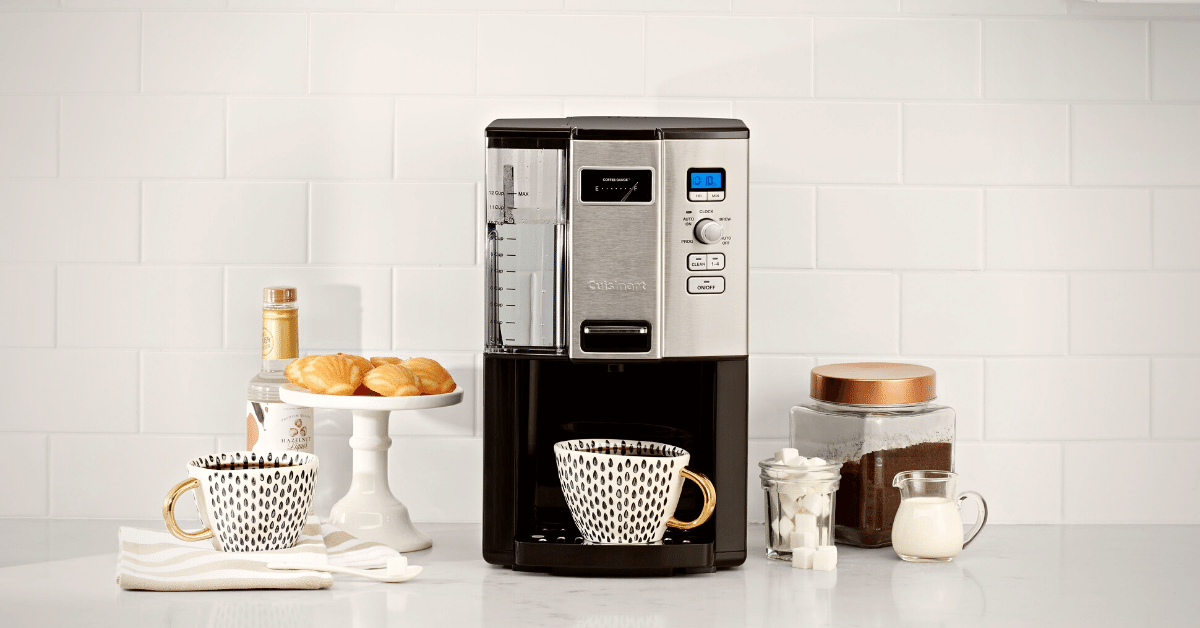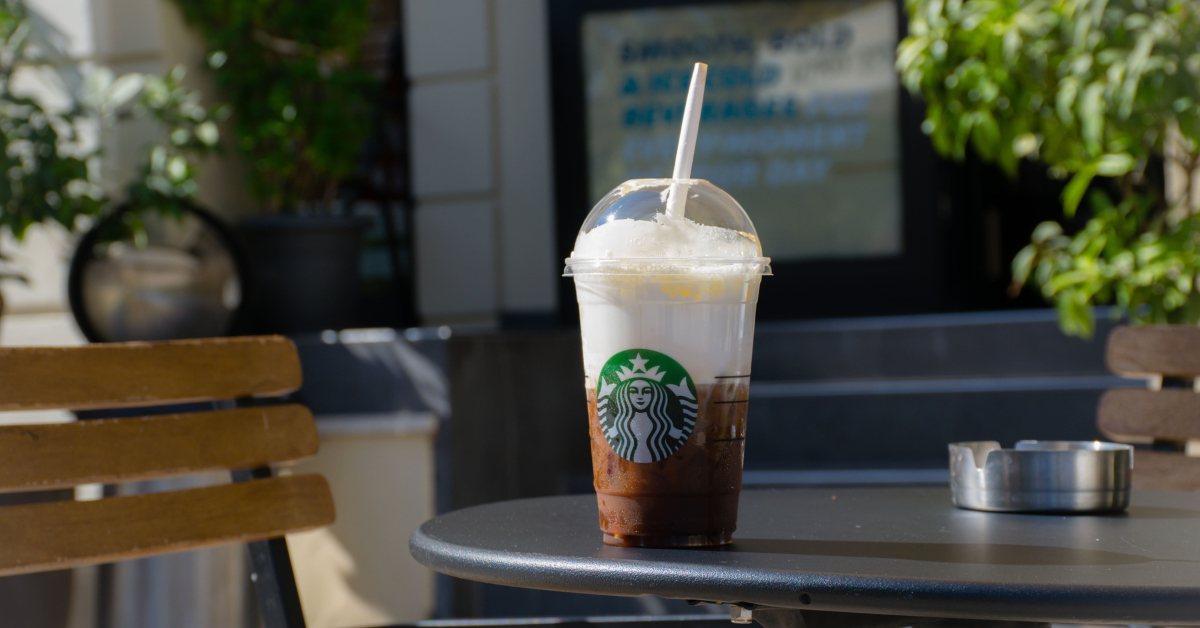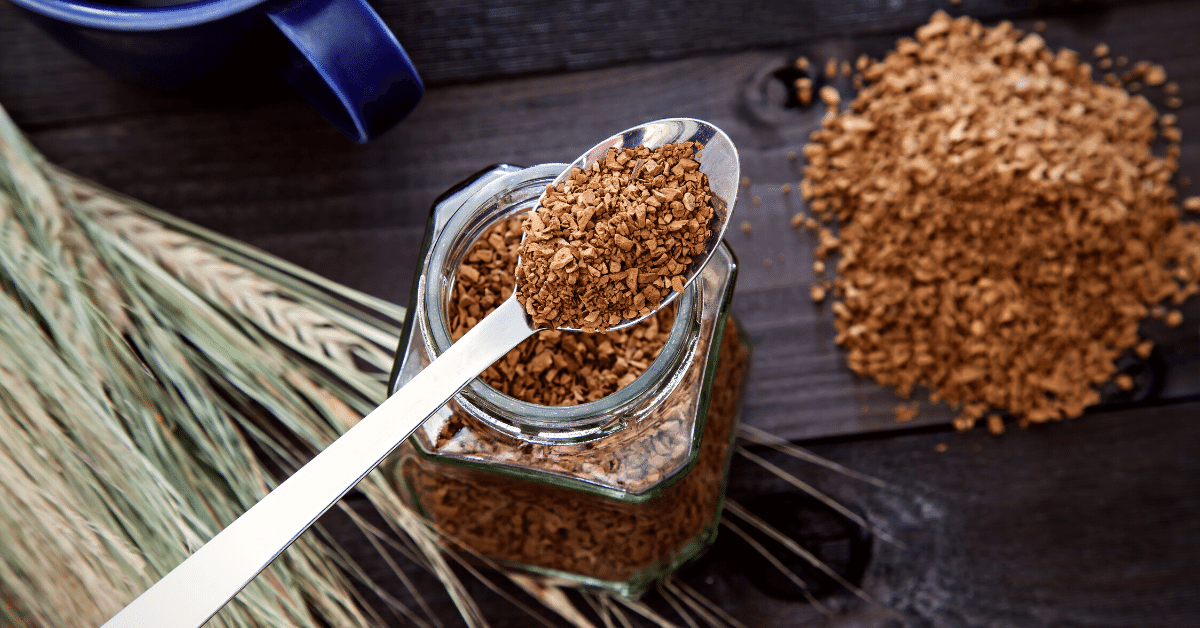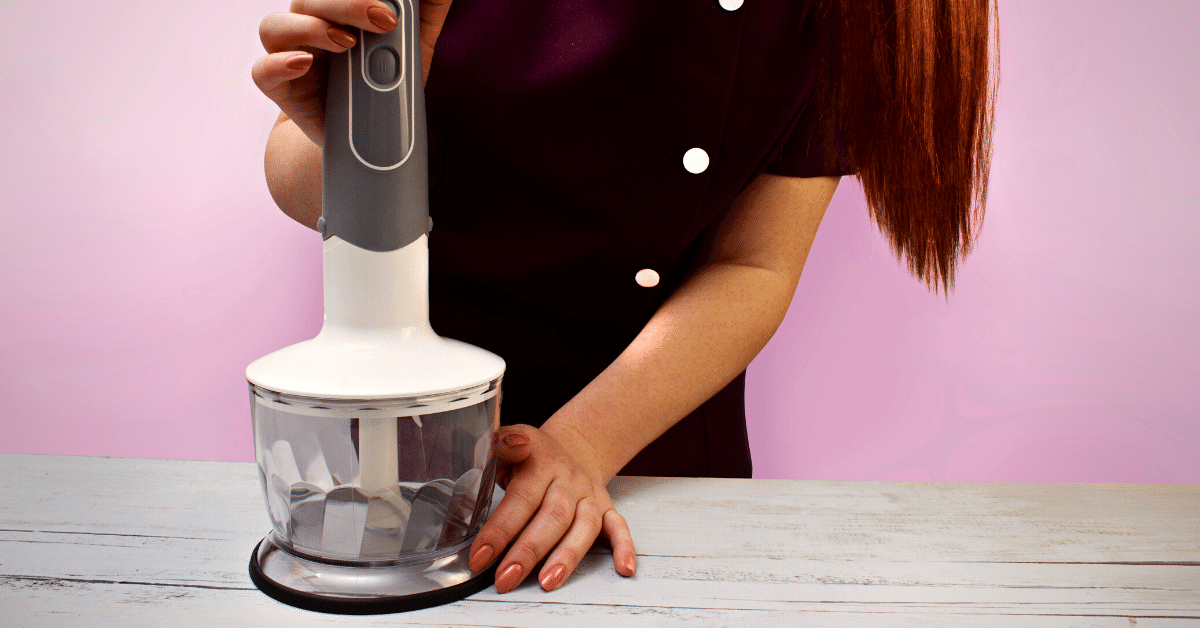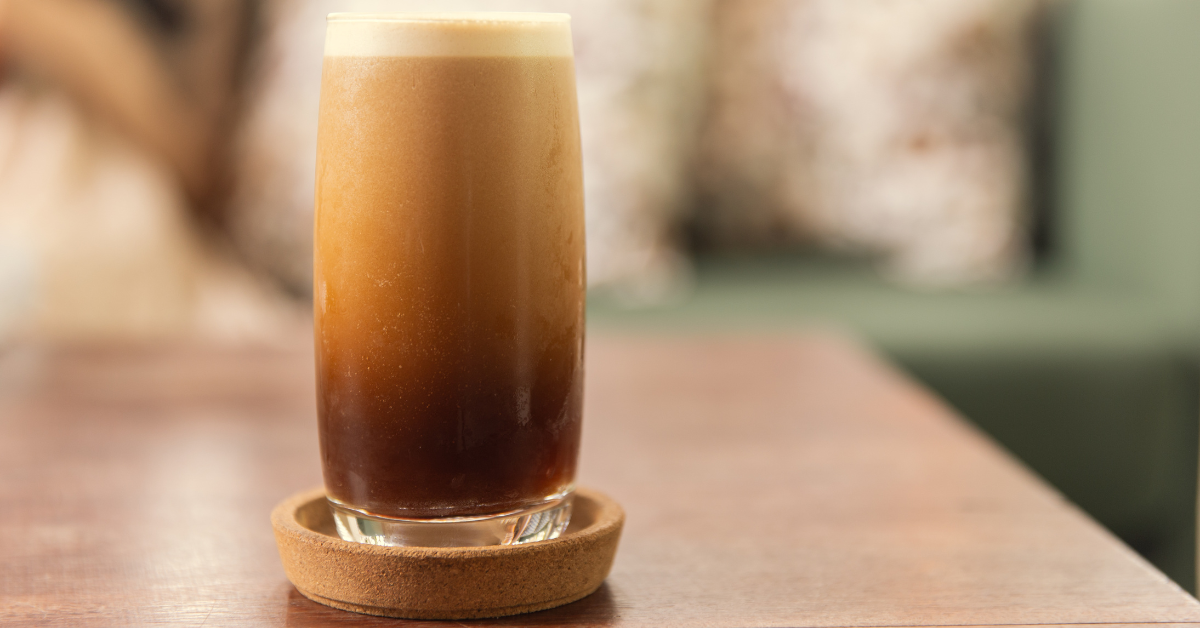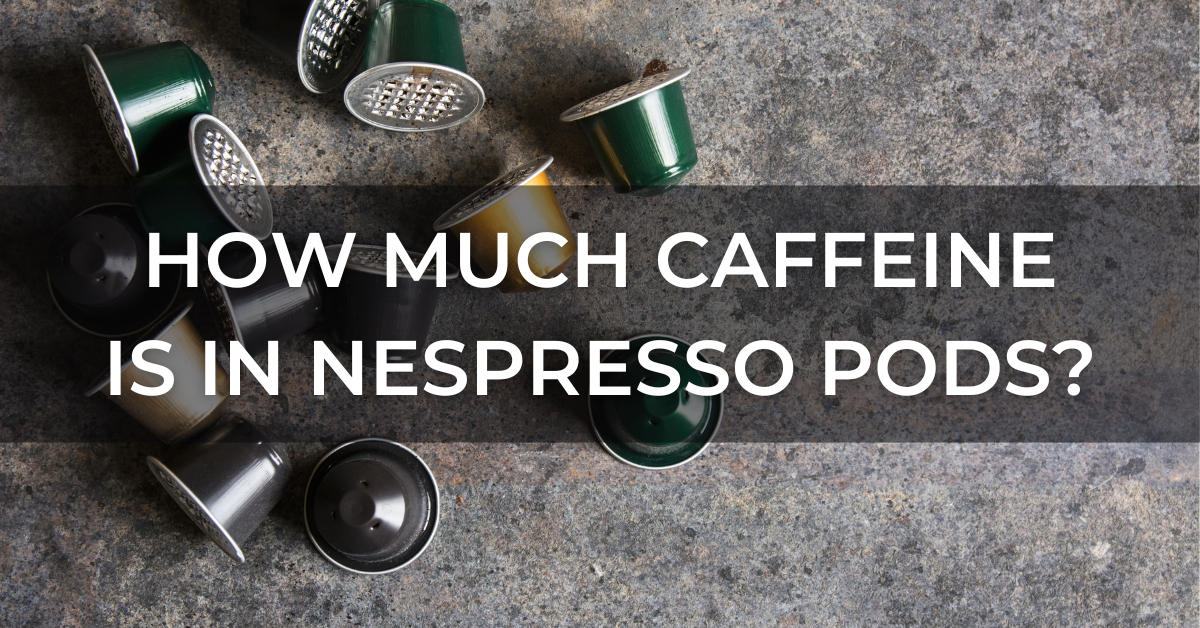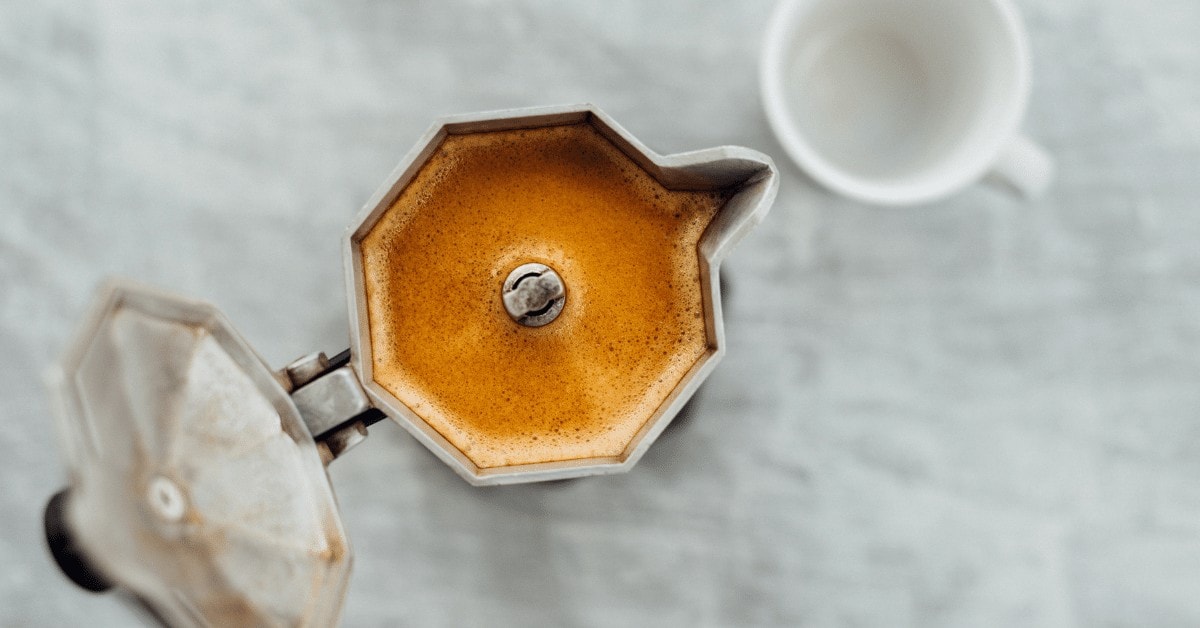Cuisinart coffee makers are generally pretty sturdy machines. But, even they have their shortcomings.
One of the most common problems that at-home baristas experience with these machines is leakage.
Thankfully, if you’ve got a Cuisinart coffee maker leaking, I’ve got you covered. Here are the causes (and fixes) of a leaky Cuisinart coffee machine.
11 Causes and Fixes of Cuisinart Coffee Maker Leakage
A Cuisinart coffee maker leakage typically involves one of (or all) three things: grounds, water, or coffee.
If you want to stop leaks from happening, you’ll need to figure out which of those problems is to blame. From there, you’ll be able to properly stop the leaks.
Here’s a quick look at different causes and fixes of leakage on your coffee maker.
1. You Haven’t Closed Brew Basket Properly
Have you ever experienced coffee overflowing from the Cuisinart brew basket? If the answer is yes, then you probably didn’t close the brew basket properly.
Not closing the brew basket properly allows the water or coffee to overflow as the machine revs up.
In order to prevent this, you can get a well-fitting lid for your Cuisinart brew basket. The lid keeps the water locked in the basket and prevents it from overflowing during the brew cycle.
IMPORTANT
When purchasing brew basket lids, check the models they are compatible with. You’ll normally see this under the item’s product descriptions. That way, you can make sure that the lid matches your coffee maker’s brew basket and that it actually does what it’s supposed to.
Aside from getting a compatible lid, you should also ensure it locks with the brew basket. If you don’t lock the lid in place, water may still overflow and leak.
2. Your Cuisinart Has Broken Parts
If you’ve got broken parts in your machine (whether you’re aware of it or not), you can easily run into problems with water leakage.
For example, a broken brewing switch can be a culprit to your device leaking. You can see this inside the machine’s base plate and at the bottom. You need to unplug and remove the base plate to reveal the switch.
To test whether the brewing switch is broken or not, get a digital Ohm meter. A perfectly working switch should have a reading of 0 Ohm. If your switch doesn’t have a 0 Ohm reading, it’s time to replace it.
Another piece of the machine that may be malfunctioning is the seal on your machine’s water reservoir. If the water tank doesn’t correctly seal into the machine, it’s time to call Cuisinart repair services.
If both the brewing switch and the water reservoir seal are good, check your carafe pot. If water is coming out of the surface, it’s time to replace the damaged lid or your pot’s fractured glass.
Another thing to note is that Cuisinart coffee makers also come with an internal hose for water regulation. It’s prone to damage, especially when you overuse your machine. When the hose is broken, water can leak from the bottom of the coffee maker.
You can open your Cuisinart to test the hose’s functional status. Here’s how:
- Unplug your coffee maker.
- Turn the coffee maker upside down.
- Unscrew all screws at the bottom.
- Locate the hose pipe.
If you see that the pipe’s outer rubber covering has a tear, replace the hose. This stops your coffee maker from leaking from the bottom. You can always contact Cuisinart repair service if you can’t replace the hose on your own.
Faulty tube connectors are also a thing. These can cause your coffee maker to overflow and leak. The leakage can continue for longer if you don’t regularly check these tubes.
So, the ultimate solution is to check the tubes and identify where the fault is coming from. Most of the time, it’s the tube connector’s elbow, but it could also be the entire tube. Either way, this calls for a replacement part.
3. You are Adding Too Much Water
Pouring too much water into the water reservoir can also cause your coffee maker to leak. Always be mindful of the tank’s limit, even when making coffee in bulk.
Cuisinart coffee makers normally have a 12-cup line on the water reservoir. It’s very important that you never go beyond that! Exceeding that indicator leads to your coffee maker overflowing.
If this is something you do, it’s time to stop adding more water to prevent your Cuisinart coffee maker from leaking from its bottom.
4. The Insulation in The Machine is Not Properly Installed
A Cuisinart coffee maker has insulation that maintains water regulation from the water reservoir. When your machine’s insulation is properly installed, it helps bring out the coffee’s flavor.
If you’re not sure what’s causing leaks in your machine, you can check to see that the insulation’s properly installed. If it’s not properly in place, that could be what’s behind your coffee machine leaking.
To fix an insulation problem, all you need to do is properly push the insulation into the machine. Make sure that it’s fully secure before starting up your machine.
PRO TIP
Make sure the sealant in the insulation isn’t broken. If it is, you may need to replace the insulation altogether. You can find replacement parts on Cuisinart’s website, or by taking the device into a store under warranty.
5. The Pump Valve is Malfunctioning
An overused Cuisinart coffee machine can have a malfunctioning pump valve. This prevents the machine’s water level from going up.
The water level does not go up because the pump valve is clogged. When the path of the water is obstructed, water will not flow through the machine’s fill tube and will instead leak out onto your kitchen counter.
The main cause of a malfunctioning pump valve is the clogging of coffee grounds or mineral deposits. The best way to solve this issue is to check the pump valve and remove any residual coffee particles.
Before cleaning the pump, you need to switch off and unplug your coffee maker. Then, use a thin brush to scrub out the pump valve and remove debris and coffee grounds.
It’s also important to note that you may not be able to fix the pump valve. If the piece of machinery is damaged beyond repair, it’s time to throw it out and get a new one.
Luckily, these aren’t too expensive, and they’re pretty easy to find. You can usually order them online and replace them yourself. Or, you can take the device to a Cuisinart store, and the team will be able to help you.
6. You’re Adding Too Much Pre-Ground Coffee
Cuisinart coffee makers are designed to make coffee quickly and efficiently from pre-ground beans.
However, if you use too many coffee grounds, you can wind up causing the machine to overflow.
When using pre-ground coffee, don’t exceed sixteen scoops or tablespoons. Otherwise, you risk overloading your coffee maker and causing leaks.
Your Cuisinart coffee machine’s owner’s manual should tell you how many scoops of coffee to use in your pot. The amount will vary depending on how many cups of coffee you’re making.
7. You are Adding Too Much Coffee Beans In The Grinder Hopper
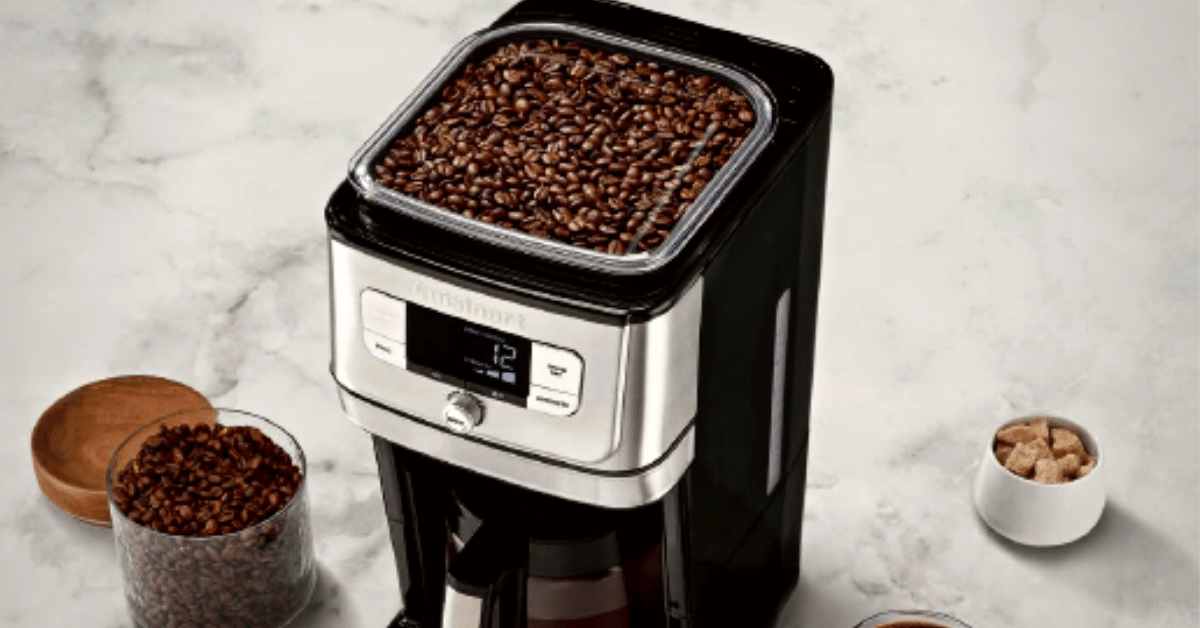
It’s not just pre-ground coffee that can cause issues. Adding too many coffee beans is also bad for your Cuisinart coffee maker.
Cuisinart comes with a manual that tells you the right amount of coffee beans to add to your machine. According to that manual, don’t add more than fourteen scoops or tablespoons of beans.
Going over this quantity will make the coffee in your Cuisinart start to overflow, causing leaks.
The reason why this happens is that the water can’t properly filter through all the coffee beans. Since the water isn’t filtering properly, it begins to flow up and out of the filter.
This leads to major (and unpleasant) spills on your kitchen counter.
EXTRA TIP
If you don’t have your original owner’s manual, you can look it up online. Cuisinart has an online version of the manual where you can get the information you need.
8. The O-Ring is Faulty
O-rings are essential because they regulate a coffee machine’s steam and water valves. In the case of your Cuisinart, o-rings also serve as sealing components to prevent overflows.
So, what happens when the o-ring is faulty? The water valves will also malfunction. Malfunctioning water valves can cause water to leak from the machine’s bottom.
O-rings also maintain low-pressure hydraulics in most Cuisinart coffee makers. When the o-rings are faulty, the pressure changes, leading to overflows.
If you discover your Cuisinart coffee maker’s O-ring to be faulty, you need to replace it immediately. Not only will this prevent leaks, but it will ensure your coffee is brewed at the right pressure.
Brewing your coffee at the right pressure is the key to getting smooth, great-tasting brews. So, making sure your o-ring is working correctly is important for more than just fixing leaks!
9. You’re Not Using Cuisinart Gold Tone Coffee Filter
If you’re familiar with Nespresso machines, you know that they have very specific pods and components that you should use with them. When you try using knock-offs, you can wind up damaging your machine.
Cuisinart works the same way.
One machine component you need to make sure you use is a Cuisinart gold tone coffee filter.
Unbranded coffee filters are normally of lower quality and are less durable. They may be cheaper, but they can cause your Cuisinart coffee maker to overflow.
10. You’re Not Cleaning The Machine Properly
Water can also leak when your coffee maker is clogged inside. Cuisinart coffee makers should be regularly cleaned. Doing this avoids coffee residual accumulating inside the device and causing various problems.
Here’s how to clean your machine:
- To clean your machine, you’ll need to mix one part of distilled white vinegar with two parts of water. Assuming your coffee maker has a 12-cup capacity, you need 8 cups of water mixed with four cups of white vinegar.
- Pour the solution into the water reservoir and turn on your coffee maker.
- Brew a few cycles to allow the mixture to do its trick.
- Repeat the cleaning cycle two or three times or until the solution no longer expels debris and dirt.
- Fill the water reservoir with plain water.
- Run the brew cycle until there is no more water in the reservoir.
- Wipe down the exterior of your machine.
With these simple steps, you can dislodge dirt and debris from the mechanisms inside your device. Just make sure to properly rinse it so that your drinks don’t taste of vinegar afterward!
Coffee filters can also get clogged. When this happens, you just need to clean them from the coffee ground that caused clogging.
To do it, wash the filter and then soak it in a water and white vinegar solution for 20 to 30 minutes. After soaking, rinse the coffee filter again with hot water before inserting it back into the holder.
11. You’re Removing Carafe for More Than 20 Seconds
A glass carafe in a Cuisinart coffee maker ensures water is properly heated while brewing a cup of fresh coffee.
If you remove the coffee carafe for more than twenty seconds, the coffee filter basket can start overflowing.
Make sure not to remove the carafe for extended periods of time while brewing a cup of coffee. This will prevent coffee from leaking all over your countertop.
Final Thoughts
If you find your Cuisinart coffee maker leaking, don’t panic. There are tons of simple explanations (and fixes) out there.
To keep leaks from happening, make sure your machine is always clean. Plus, regularly check for faulty parts and replace machinery as needed. With that, you should be able to make a cup of coffee without a hitch!
Still can’t stop your Cuisinart machine from leaking? It might be time to buy a new one. Find out the best Cuisinart coffee makers by checking out this guide!

